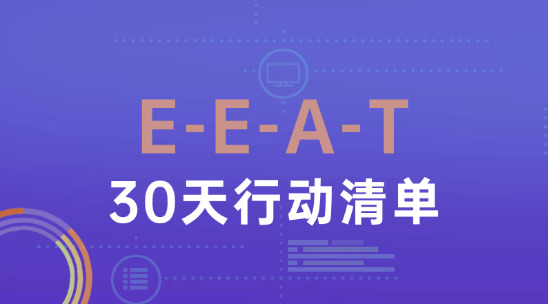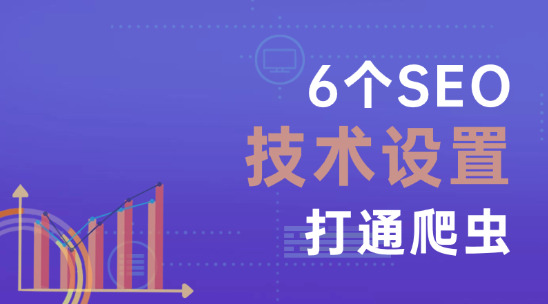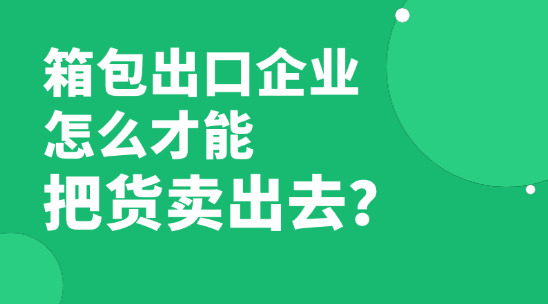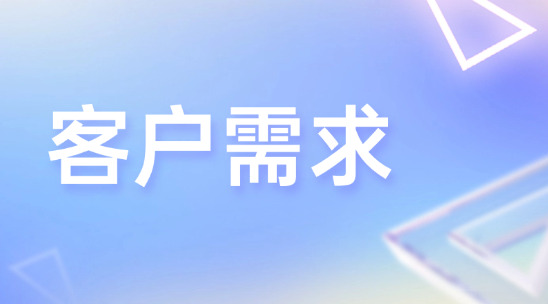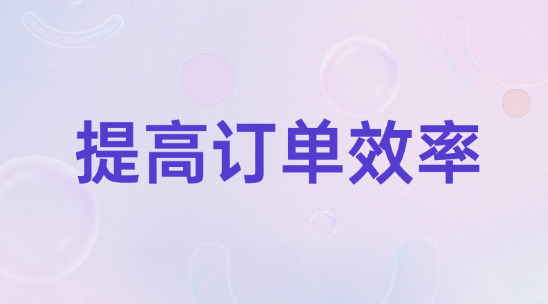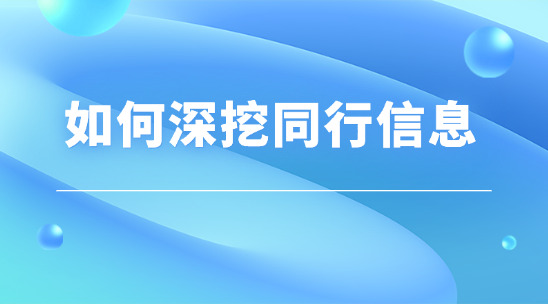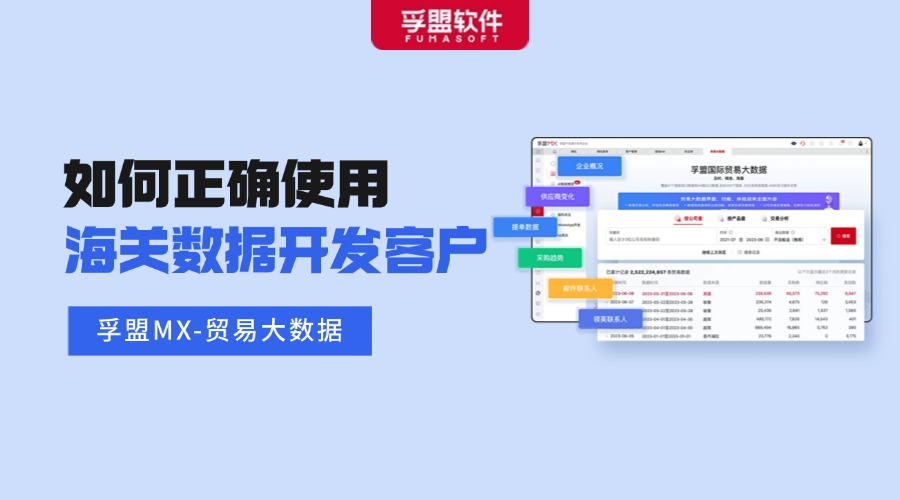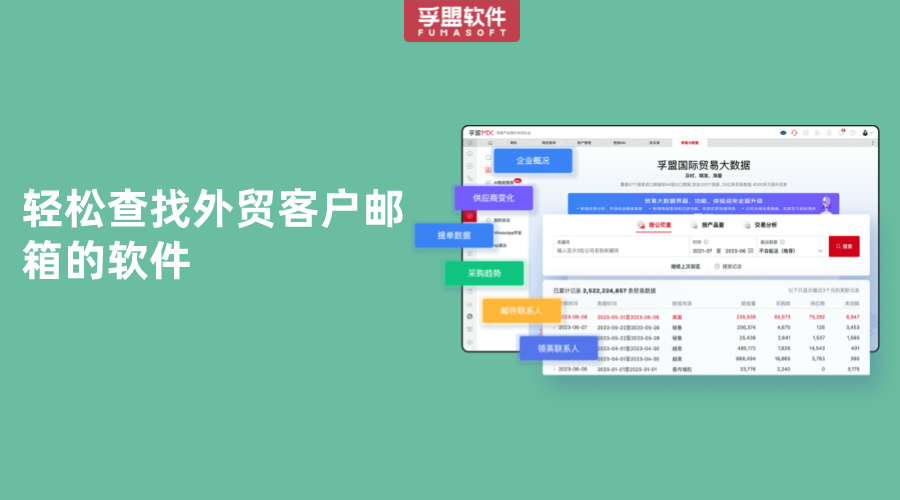 首页
>
新闻资讯
>
外贸干货
>
钢铁进出口关税政策导向延续
首页
>
新闻资讯
>
外贸干货
>
钢铁进出口关税政策导向延续
钢铁进出口关税政策导向延续
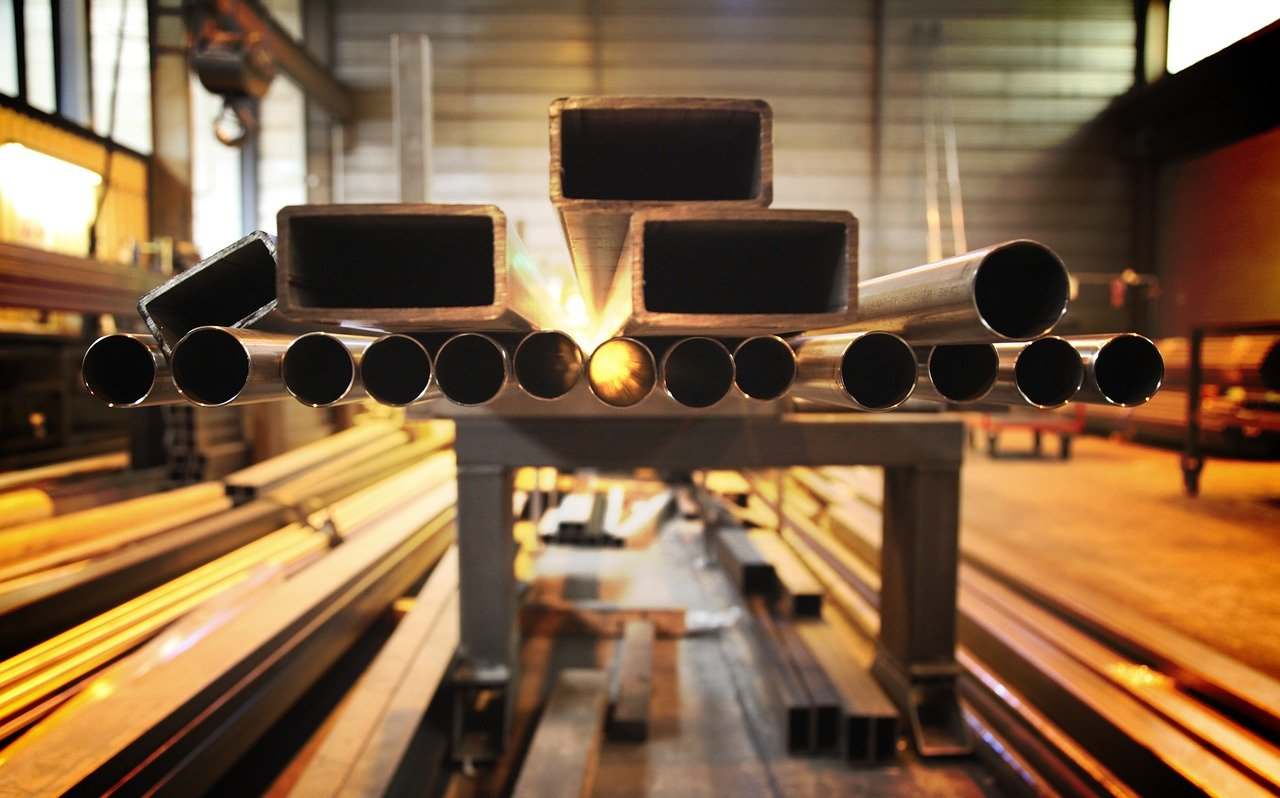
《国务院关税税则委员会关于2022年关税调整方案的通知》已于12月15日发布,其中涉及钢铁产品领域的关税政策将对中国钢铁进、出口带来哪些影响?
从钢铁进口方面看,对比2021年,2022年进口商品暂定税率表涉及的钢铁产品由9项增加到27项,2021年原有的9项仍然保留,税则号72024900、72031000维持2021年5月初的政策;增加的18个税则号仍维持5月初的关税调整政策,主要调整品种为生铁、再生钢铁原料、初级铁及非合金钢锭、钢坯、不锈钢锭及半制成品以及合金半成品等初级类产品,暂定最惠国进口关税为2%,暂定税率为零。
“初级产品进口优惠关税的延续,反映我国支持初级钢铁产品进口的政策导向未变。”兰格钢铁研究中心主任王国清分析指出,这可有效降低钢铁行业初级产品的进口成本,提升相关产品的进口量。促进生铁、钢铁再生原料、钢坯等初级产品的进口,也有助于降低对铁矿石的需求及海外依赖,提升国内资源保障效果。
在外贸出口关税方面,出口商品暂定税率涉及的钢铁产品由2021年的18项减少至2022年的17项,2021年分列的ex72011000项高纯生铁项被删除;所列项产品出口税率与去年持平,税则号72022100、72022900的两个硅铁项延续2021年5月1日以来取消暂定优惠税率的政策,应用25%的出口关税;税则号72024100、72024900的两个铬铁项在2021年5月1日暂定税率由15%提升至20%后,2022年取消20%的暂定税率优惠,应用40%出口税率;其他产品维持20%~40%的出口税率。
对此,王国清表示,硅铁、铬铁出口关税的提升及其他产品高出口关税的延续,反映中国对铁合金、再生钢铁原料等产品的出口限制力度加大,目的是提升企业出口成本抑制相关产品出口,以满足国内对相关初级产品的需求。
2021年中国两次调整进出口关税及出口退税,2022年再次提升部分产品出口关税。兰格钢铁研究中心认为,这有助于在统筹利用国内国外两种资源的同时,推动钢铁产业链产品优先在国内应用,保障国内市场相关资源供应,进而促进钢铁产业链健康发展。
“在双碳背景下,本次关税政策的调整,在保证国内需求的情况下,引导合理利用国外资源进行调配,以促进我国钢铁产业链的良性发展,稳定国内市场的运行节奏。”我的钢铁网分析指出,综合来看,本轮税率调整对中国钢铁进、出口的整体影响不大,后续需主要监测海内外供需以及价差变化情况。鉴于目前钢铁产品的国外内价差仍较为明显,我的钢铁网认为,为保证供需平衡,不排除2022年会有钢铁进出口新政出台的可能。
在废钢外贸市场,2022年废钢的进、出口税率将维持2021年的税率政策,涉及再生钢铁原料进口的最惠国待遇无变更,暂定税率延续5月份的政策,即涉及进口的5个HS编码项下的进口关税仍维持零关税进口;废钢出口的最惠国待遇维持40%出口关税税率,无暂定税率。我的钢铁网认为,在40%的高出口关税下,废钢出口难有放量;对于进口,零关税进口政策对废钢进口量的扩大影响也有限。随着全球绿色低碳竞争的加剧,废钢资源对钢铁行业的重要性不言而喻,中国废钢进口量的放量仍有赖于进口废钢标准的变动及进口价差的合理化。
孚盟软件官方联系方式
全国免费热线:400-888-9800
客服在线微信

官网:https://www.fumasoft.com/
地址:上海市闵行区新镇路1399号T6栋4楼
The Notification of the Tariff Commission of The State Council on tariff Adjustment Plan for 2022 was released on December 15. What impact will the tariff policy in the field of steel products have on China's steel import and export?
In terms of steel imports, compared with 2021, steel products involved in the provisional tariff table of imported goods in 2022 increased from 9 items to 27 items, and the original 9 items in 2021 are still retained. The tariff numbers 72024900 and 72031000 will maintain the policy in early May 2021. The 18 tariff codes added still maintain the tariff adjustment policy in early May, mainly adjusting varieties for pig iron, recycled iron and steel raw materials, primary iron and non-alloy steel ingot, billet, stainless steel ingot and semi-finished products and semi-finished products of alloy and other primary products, temporary MFN import tariff is 2%, temporary tax rate is zero.
"The continuation of preferential tariffs on imports of primary products reflects that China's policy orientation in supporting imports of primary steel products has not changed." Wang Guoqing, director of Lange Steel Research Center, pointed out that this can effectively reduce the import cost of primary products in the steel industry and improve the import volume of related products. Promoting the import of pig iron, steel recycled raw materials, billets and other primary products will also help reduce the demand for iron ore and overseas dependence, and improve the effect of domestic resource security.
In terms of export tariffs, the iron and steel products involved in the provisional tariff rate of export commodities are reduced from 18 items in 2021 to 17 items in 2022, and ex72011000 high-purity pig iron items in 2021 are deleted. The export tax rate of the listed products is the same as that of last year. For the two ferrosilicon items with tariff codes 72022100 and 72022900, the temporary preferential tax rate will be cancelled since May 1, 2021, and 25% export tariff will be applied. After the temporary tariff rate of the two ferrochrome items with tariff Code 72024100 and 72024900 is raised from 15% to 20% on May 1, 2021, the 20% temporary tariff rate preference will be cancelled in 2022, and the 40% export tax rate will be applied. The export tax rate for other products will be maintained at 20 to 40 percent.
In this regard, Wang Guoqing said, ferrosilicon, ferrochrome export tariffs and the continuation of high export tariffs on other products, reflecting China's increased export restrictions on ferroalloy, recycled steel raw materials and other products, the purpose is to increase the export cost of enterprises to suppress the export of related products, in order to meet the domestic demand for related primary products.
In 2021, China adjusted import and export tariffs and export tax rebates twice, and raised export tariffs on some products again in 2022. Lange Iron and Steel Research Center believes that this is conducive to the overall use of domestic and foreign resources at the same time, promote the priority of steel industry chain products in the domestic application, ensure the supply of relevant resources in the domestic market, and then promote the healthy development of the steel industry chain.
"In the context of double carbon, the adjustment of the tariff policy, while ensuring domestic demand, to guide the rational use of foreign resources for deployment, to promote the benign development of China's steel industry chain, stable operation of the domestic market rhythm." My steel network analysis points out that, in a comprehensive view, the overall impact of this round of tax rate adjustment on China's steel import and export is not big, and the subsequent monitoring of supply and demand at home and abroad as well as price difference changes. In view of the current domestic price difference of steel products is still relatively obvious, my steel network believes that in order to ensure the balance of supply and demand, there will be a New Deal on steel import and export in 2022.
In the scrap market, the import and export tax rates of scrap steel in 2022 will maintain the tax rate policy of 2021, and the most-favored-nation treatment related to the import of recycled steel raw materials will remain unchanged. The temporary tax rate will continue the policy of May, that is, the import tariffs under the five HS codes related to the import will remain zero-tariff import. The MFN treatment of scrap export maintains 40% export tariff rate without temporary tariff rate. My steel network believes that with a high export tariff of 40%, scrap exports are difficult to increase; For imports, zero - tariff import policy on the expansion of scrap imports is also limited. With the intensification of the global green and low-carbon competition, the importance of scrap resources to the steel industry is self-evident. The increase of China's scrap imports still depends on the change of the import standard of scrap and the rationalization of the import price difference.
热门推荐
视频课程精选



